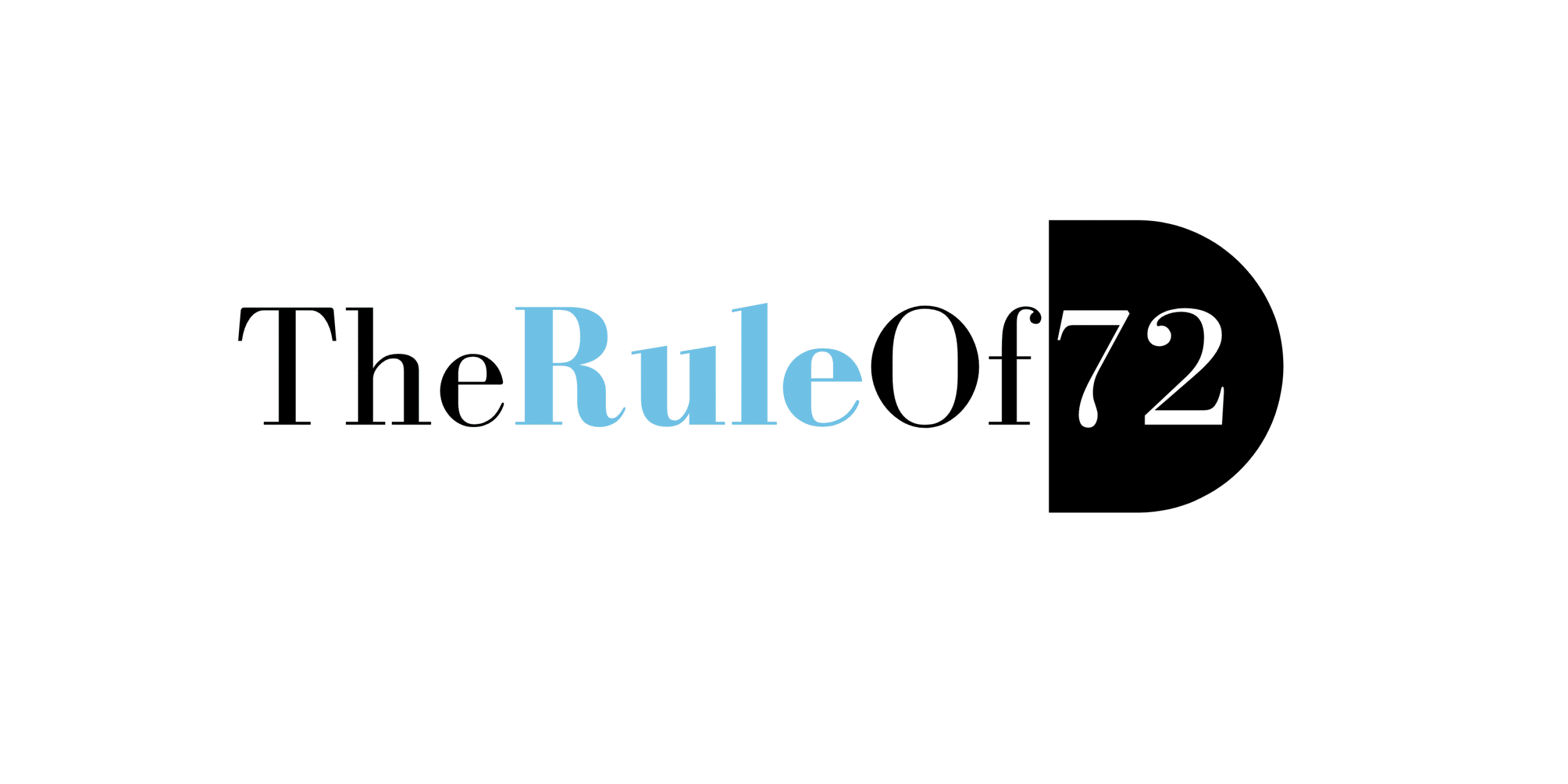Medicare Supplement Plans: Which One Is Right for You?

Navigating the complexities of healthcare options can be daunting, especially as you approach the age of Medicare eligibility. Medicare, the federal health insurance program primarily designed for individuals aged 65 and older, provides a solid foundation of coverage. However, there are often gaps that can lead to unexpected out-of-pocket expenses. This is where Medicare Supplement Plans, also known as Medigap plans, come into play. In this comprehensive guide, we’ll take a deep dive into the world of Medigap plans to help you understand which one might be the right fit for your healthcare needs.
Understanding the Basics
Medigap plans are private insurance policies designed to complement your Original Medicare coverage. They are standardized and regulated by federal and state laws to ensure consistency and consumer protection. These plans are offered by private insurance companies and are intended to cover some or all of the costs that Original Medicare doesn’t cover, such as copayments, coinsurance, and deductibles.
It’s important to note that Medigap plans only work alongside Original Medicare, not Medicare Advantage plans. If you’re enrolled in a Medicare Advantage plan, you cannot purchase a Medigap plan.
The Medigap Plan Alphabet
Medigap plans are labeled with letters, ranging from Plan A to Plan N, each offering a different set of benefits. It’s crucial to understand these plans and their corresponding benefits to make an informed decision. Here’s a breakdown of some of the most popular plans:
- Plan F: Historically a popular choice, Plan F offers the most comprehensive coverage. It covers all Medicare deductibles, coinsurance, and copayments, leaving you with virtually no out-of-pocket costs. However, as of January 1, 2020, Plan F is no longer available to new Medicare beneficiaries.
- Plan G: Plan G is often considered the next best option after Plan F. It covers everything Plan F covers except for the Part B deductible. This deductible is relatively small compared to potential savings with Plan G, making it a cost-effective choice for many.
- Plan N: Plan N covers a significant portion of your out-of-pocket costs but requires you to pay certain copayments and the Part B deductible. This plan often comes with a lower premium compared to Plan F or G, making it attractive to those looking to balance coverage and cost.
Factors to Consider
Choosing the right Medigap plan depends on various factors, including your healthcare needs, budget, and personal preferences. Here are some key considerations to keep in mind:
1. Your Health Status:
Evaluate your current health condition and any ongoing medical needs. If you visit healthcare providers frequently or require regular treatments, a plan with more comprehensive coverage might be beneficial.
2. Budget and Premiums:
While plans with extensive coverage might seem appealing, they often come with higher monthly premiums. Consider your budget and how much you’re willing to pay in premiums versus potential out-of-pocket costs.
3. Predicting Future Needs:
Try to anticipate any potential healthcare needs in the coming years. If you have a chronic condition or anticipate needing surgeries, a plan with broader coverage could provide peace of mind.
4. Travel and Lifestyle:
If you’re a frequent traveler, some Medigap plans offer coverage for emergency medical care during foreign travel. Additionally, if you prefer the freedom to visit any doctor or specialist without referrals, certain plans might better suit your lifestyle.
5. Enrollment Period:
The best time to enroll in a Medigap plan is during your Medigap Open Enrollment Period. This period lasts for six months and begins on the first day of the month in which you turn 65 and are enrolled in Medicare Part B. During this time, you have guaranteed issue rights, meaning insurers cannot deny you coverage or charge higher premiums based on your health status.
Comparing Plans
To compare Medigap plans effectively, you need to consider the benefits offered by each plan and how they align with your healthcare needs. Plan F and Plan G are often considered comprehensive options, but they come with different cost structures due to the Part B deductible coverage difference. On the other hand, Plan N strikes a balance between coverage and cost-sharing.
Here’s a simplified comparison:
- Plan F: Highest coverage, no out-of-pocket costs beyond the premium.
- Plan G: Similar to Plan F but doesn’t cover Part B deductible.
- Plan N: Lower premium, covers most costs but requires copayments and Part B deductible.
Conclusion
Medicare supplement plans play a vital role in filling the coverage gaps left by Original Medicare. Choosing the right plan involves evaluating your health needs, budget, and lifestyle preferences. While Plan F was once the go-to choice, Plan G and Plan N have become more popular due to their comprehensive coverage and reasonable cost structures.
To make an informed decision, carefully review the benefits and costs of each plan. Remember that your healthcare needs may change over time, so flexibility is key. By considering your unique situation and consulting with insurance professionals, you can choose one of several Medicare supplement plans that provides the coverage and peace of mind you need as you journey into the world of Medicare.





